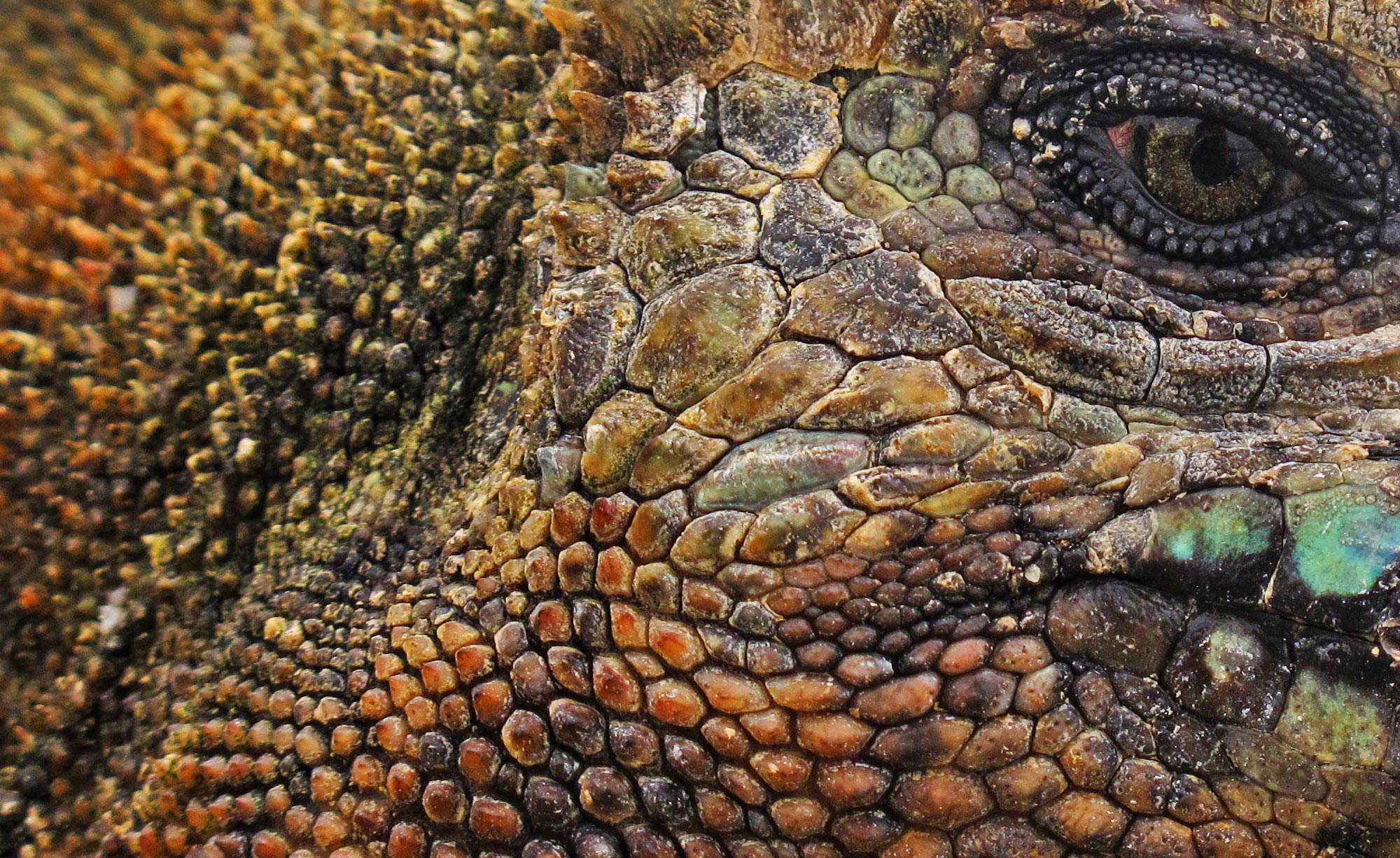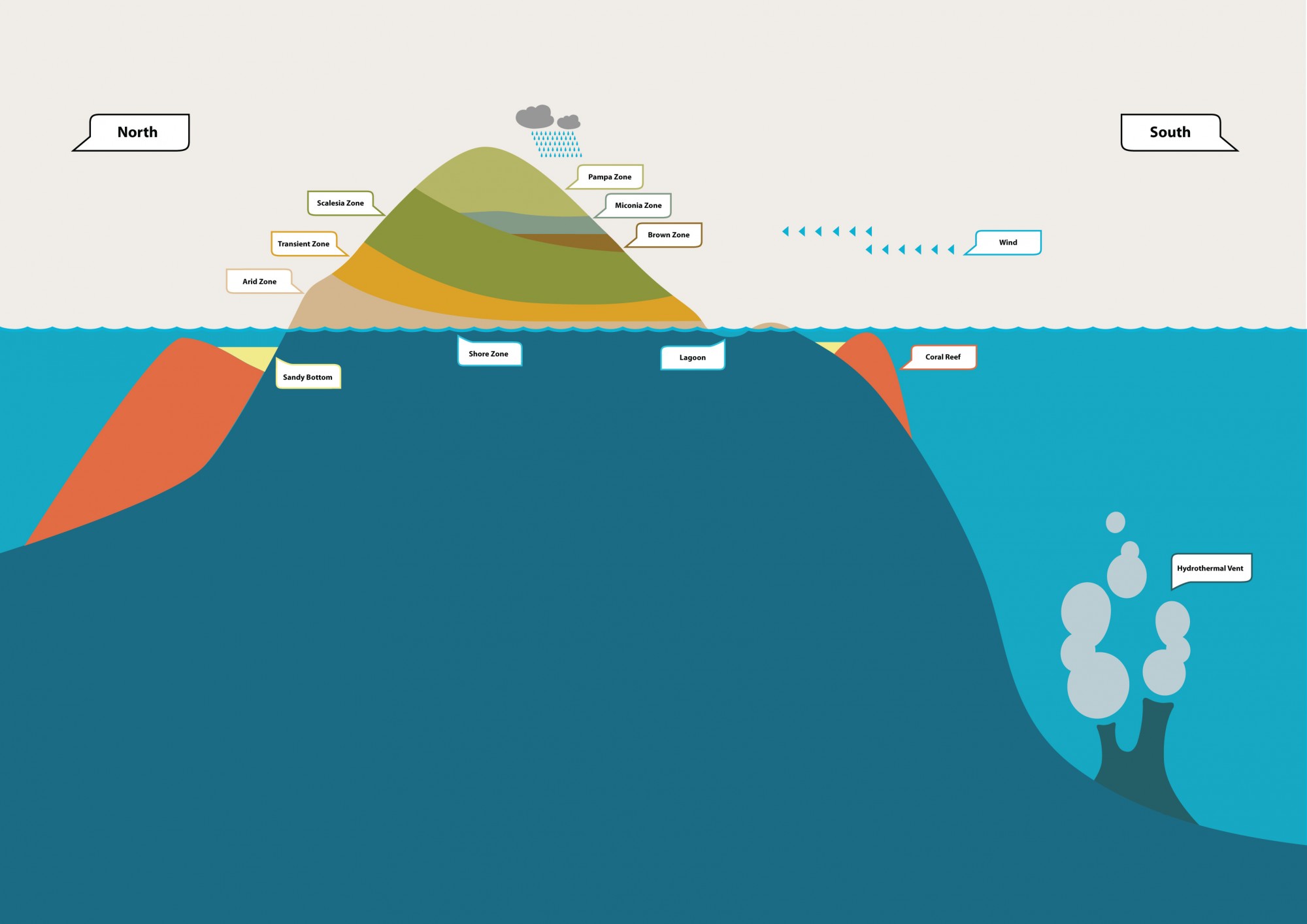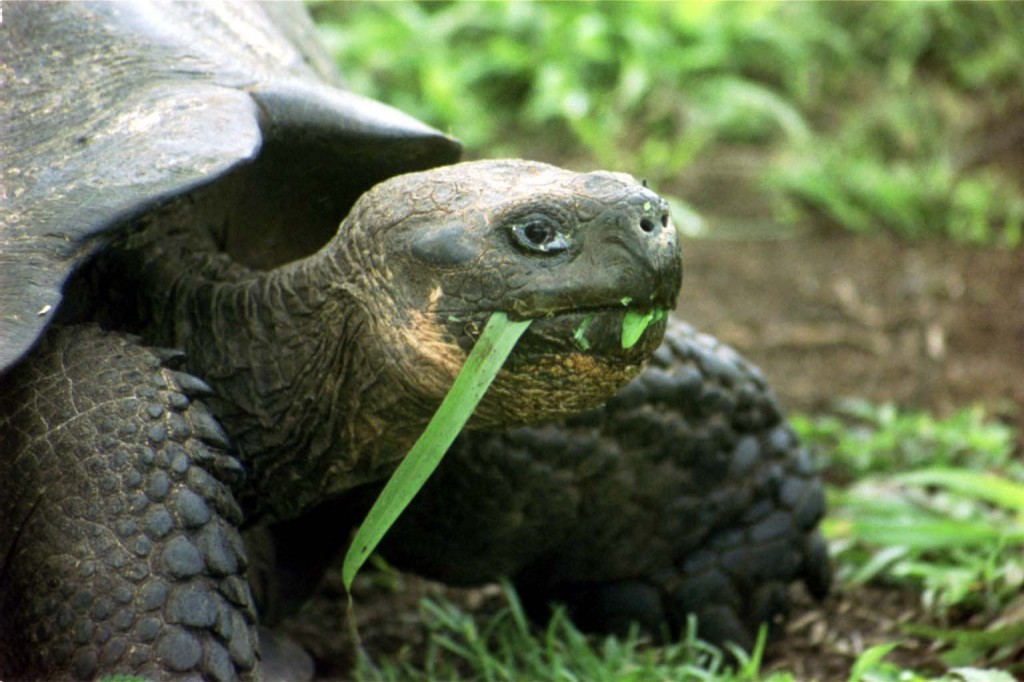Many unique ecosystems can be found in the Galapagos Islands. With so much animal and plant life, the Islands need to be carefully managed to protect the wildlife. In this chapter we will learn about how areas can be managed to protect biodiversity and the importance of involving local people in this process.
The value of biodiversity
Biological diversity or ‘biodiversity’ is a term that is used to describe the number of different living things, such as plants and animals, in an area. For example, an area that has many different types of bird, mammals and insects can be categorised as being more biodiverse than an area with only a few different types of birds, mammals and insects.
What is biodiversity like on the Galapagos Islands?
The Galapagos Islands are home to a wide range of species ranging from the iconic giant tortoises to lesser known plant and bug life that are often hidden away in the hard-to-reach areas. The Galapagos Islands are so biodiverse because of the many different habitat zones that can be found across the Islands. There are coral reefs, highland forests, sand dunes and scrubland, and the changing habitats from island to island.
Species diversity is only one piece of the biodiversity puzzle. There are many other parts that add up to make an areas biodiversity. Species diversity refers to the number of different species that can be found in an area. For example, in Galapagos there are 15 different types (or species) of Galapagos finch.
What makes the Islands so unique?
The Galapagos Islands are famous for their wide range of endemic species, species that cannot be found anywhere else in the world. When a species only exists in one place (such as the Galapagos giant tortoise) it is known as being endemic. Endemism on Galapagos is high due to the geographical isolation of the Islands from other places.
The protection of endemic and keystone species is essential to ensure the sustainability of the Islands and ensure the Islands remain biodiverse. A keystone species is one that has an important impact on the whole ecosystem. If something were to increase or decrease the number of keystone species in an area, it would have a direct effect on many other species within the same ecosystem. You can learn more about the relationship between species in an ecosystem in the Ecology and Habitats chapter.
What is impacting biodiversity in Galapagos?
The influence of human beings on the Galapagos Islands is making its environment unsustainable. Farmland is often planted with just one species of crop (monoculture) to make it easier to farm and control pests and weeds. However this also makes it more likely to suffer from the effects of diseases: if a farmer is only growing one crop a single disease can wipe out his entire harvest for that year.
Therefore biodiversity has both economic (e.g. protecting crops from diseases which would otherwise reduce their profit) and environmental value. Biodiversity also has a social value but it is harder to recognise: we appreciate the way wildlife looks and many people believe it deserves conservation because they see human beings as guardians of the earth. Biodiversity therefore, has a role within each of the sustainability parts and this makes the case for its conservation in the Galapagos Islands ever stronger.





